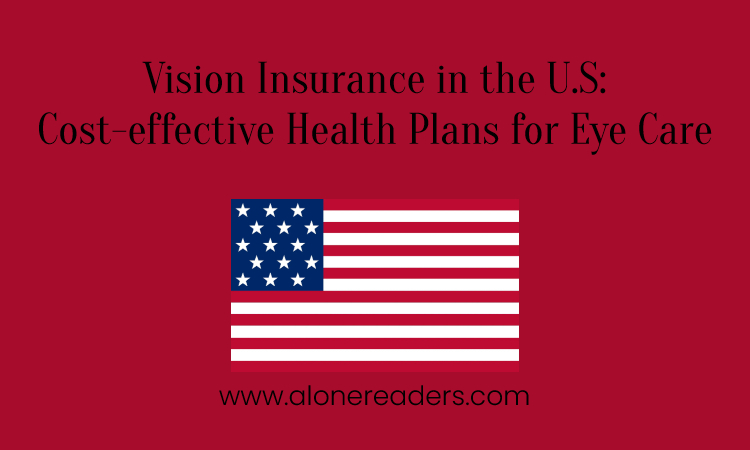
If you're like the majority of people, you probably believe that only people with large incomes can buy vision insurance. Nevertheless, what if your income isn't high enough to make you eligible for the finest eye insurance? So, what if the coverage you require isn't included in your existing plan? There are ways to obtain the coverage you require, so don't panic.
Vision care insurance usually pays for normal costs associated with maintaining good eye health, such as regular eye checkups, contact lens fittings, contacts, and optical lenses and frames.
Some vision insurance coverage may even offer discounts on LASIK and other corrective procedures.
A vision care plan may entirely cover the cost of these items, up to a certain limit, or the policyholder may be required to pay a set fee or a portion of the cost to divide it with the insurer.
The expenditures for vision care are specified by your vision insurance. Your copay for an exam will normally be a fixed $10 under the majority of policies. Also, you'll be given money to spend on eyewear and pay a set copay for lenses. Depending on the kind of lens you require, the lens copay amount will change (bifocal, trifocal, coatings, etc.). You may usually utilize the frame allowance on either glasses or contacts under most vision insurance policies.
Vision plans usually cover:
For in-network providers, these expenses are covered. You can use the carrier provider search to look up in-network vision providers, just like with medical insurance.
Every year or every other year, vision programs often include reimbursement for new eyeglasses or contact lenses. For this reason, if you visit an in-network eye doctor, you might have $100 to $130 to spend on a new pair of glasses. However, if you choose to wear contacts, you might use the same $130 to lower your annual contact lens expense.
Discounts on Lasik, a laser procedure used to correct vision, may also be included in some plans. Usually, insurers offer a 15% discount to in-network Lasik surgeons.
How your insurance policy operates will depend on the category in which it is classified.
These are a few different types of vision insurance policies:
Depending on how quickly you need it, and the benefits and drawbacks of vision insurance, you should decide whether to buy it.
Advantages
Disadvantages
It is a good idea to compare your options for vision insurance because they vary in terms of coverage, cost, network, and other elements. Instead of focusing only on the monthly payment, take into account your entire healthcare costs.
If a more expensive policy significantly reduces your out-of-pocket expenses, you may eventually save money.
Use the following checklist to compare prices for quality vision insurance:
Because they are all unique, there is no single best vision plan. One person's ideal solution could not be another person's best one. Yet certain plans stand out for particular reasons. For an illustrative example:
If you frequently need to have your eyes checked for medical problems, it may be smart to spend more money on vision insurance. If you only go to the eye doctor for a routine checkup once a year, you might not need to buy a costly eye care insurance plan.
In general, eye care insurance is reasonable and may even result in long-term financial savings, especially if you often require prescription lenses or have ongoing eye issues. It can also help with the cost if you do end up needing eye surgery.
Related topics: